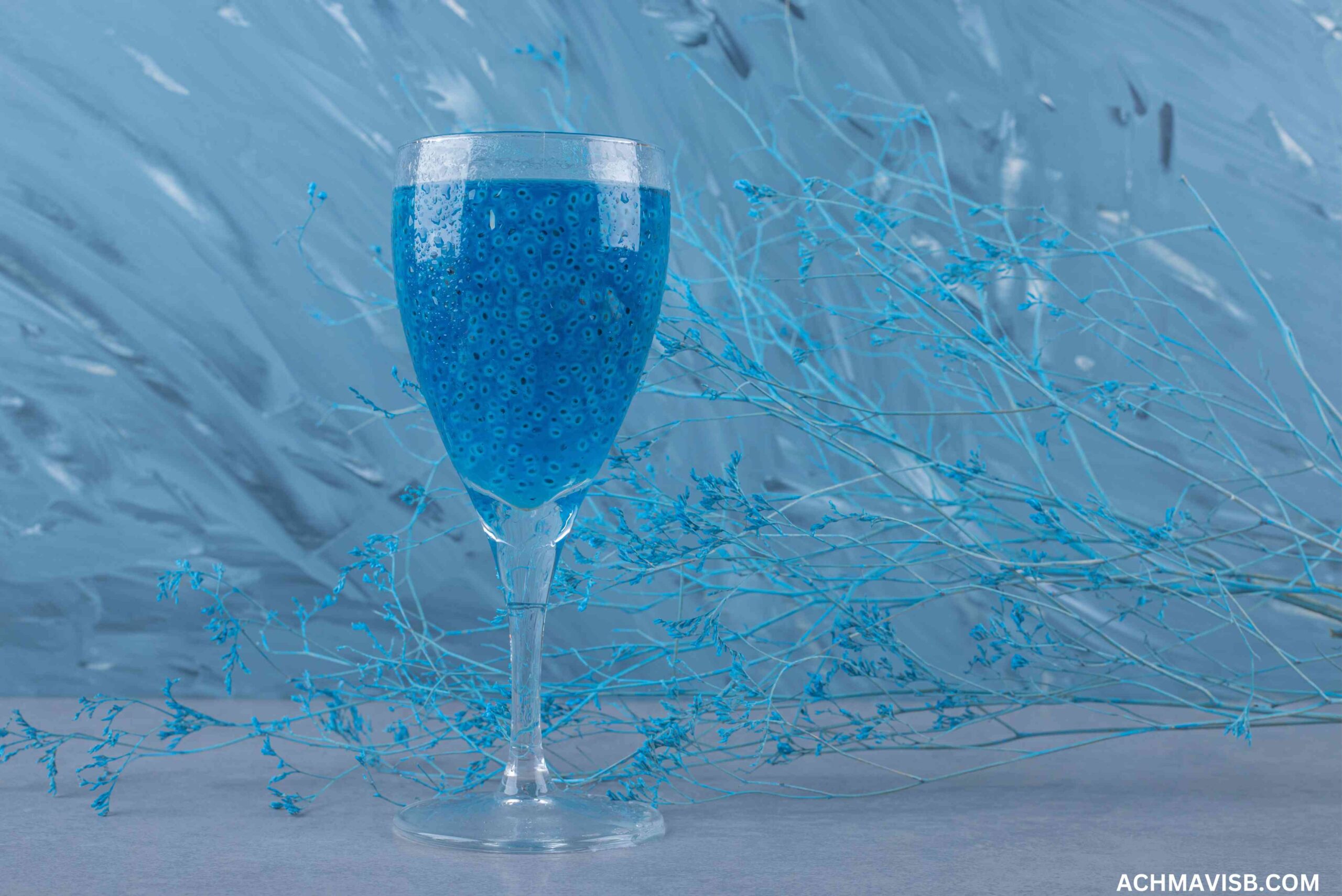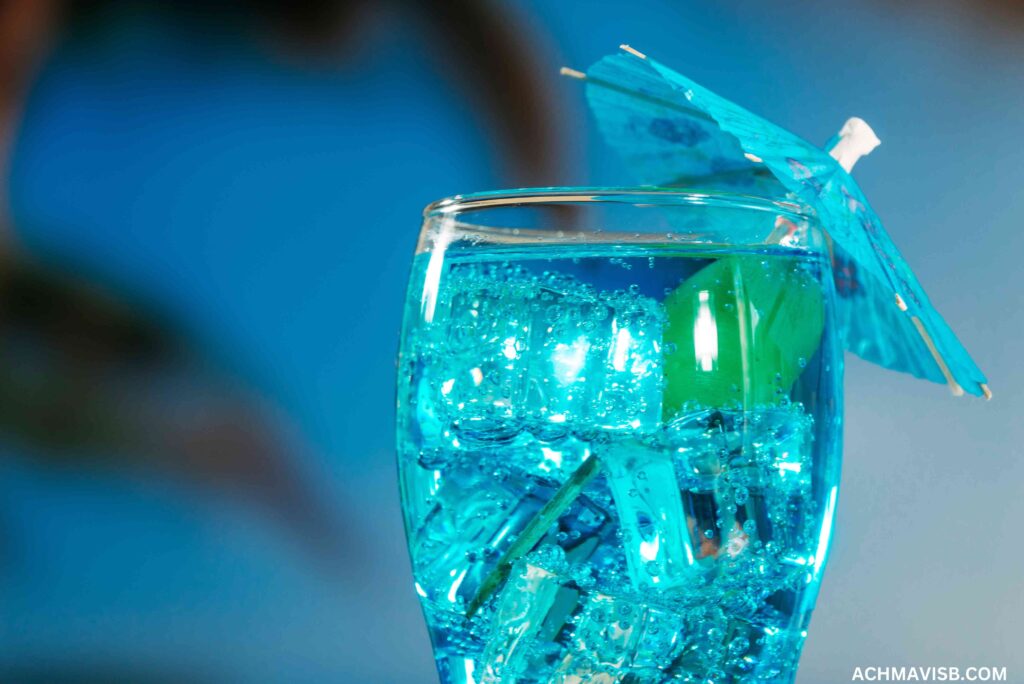The Artistry of Cut Blue Glass and Sandblast

Table of Contents
ToggleIntroduction
Have you ever gazed at a piece of cut blue glass and wondered how its shimmering elegance came to life? Or admired the intricate frosted designs on glassware created by sandblasting? These timeless art forms blend technical skill and creative vision to transform ordinary glass into extraordinary masterpieces. Let’s delve into the fascinating world of cut blue glass and sandblast artistry and uncover the secrets behind their enduring appeal.
The History of Cut Blue Glass
Cut Blue Glass and Sandblast has a storied history that stretches back centuries. Ancient civilizations such as the Egyptians and Romans revered colored glass for its beauty and utility. Blue glass, in particular, held special significance, often symbolizing royalty, protection, and the divine. By the 19th century, advancements in glass-making techniques allowed artisans to craft intricate designs, making cut blue glass a popular choice for decorative and functional pieces.
The Science Behind Blue Glass
What makes blue glass so captivating? It’s all about chemistry! The vivid blue color comes from adding specific metal oxides, such as cobalt, to molten glass. This process alters the light-reflecting properties of the glass, giving it that deep, mesmerizing hue. Think of it as nature’s alchemy, transforming sand into a gem-like wonder.
Tools and Techniques for Glass Cutting
Creating a piece of cut blue glass requires precision and patience. Here are some essential tools and methods:
- Glass Cutters: These are used to score the glass surface before it’s broken along the scored line.
- Grinding Wheels: Smooth and shape edges to perfection.
- Polishing Tools: Add a flawless, shiny finish to the glass.
The process combines art and science, much like a sculptor chiseling away at stone to reveal a masterpiece.
The Intricacies of Sandblasting
Sandblasting is the unsung hero of glass artistry. This technique involves propelling fine particles at high speed to etch or frost the glass surface. Here’s how it works:
- Masking: Areas not to be blasted are covered with stencils or masking tape.
- Blasting: A sandblaster shoots particles like aluminum oxide or silicon carbide onto the glass.
- Finishing: The frosted or textured surface is cleaned and polished.
The result? Stunning patterns and textures that elevate ordinary glass into an artistic marvel.
Design Applications in Everyday Life
Cut blue glass and sandblasted glass are not just for museums or galleries; they’re everywhere. Consider these applications:
- Home Decor: Windows, mirrors, and vases.
- Jewelry: Pendants, earrings, and bracelets.
- Tableware: Wine glasses and decorative plates.
- Corporate Gifts: Personalized glass awards and trophies.
Each piece tells a story, blending functionality with aesthetic appeal.
The Role of Artisans in Glass Art
Behind every piece of cut blue glass or sandblasted design is a skilled artisan. These craftsmen and women spend years mastering their craft, learning how to balance creativity with technical precision. They’re not just glassmakers; they’re storytellers, using their medium to capture moments, emotions, and beauty.
Modern Innovations in Glass Artistry
Glass art has come a long way, thanks to technology. Today, lasers and digital tools allow for even more precise cuts and intricate designs. Some innovations include:
- 3D Printing: Creating molds for unique glass shapes.
- UV Bonding: For seamless glass assemblies.
- Smart Glass: Incorporating LED lights for dynamic effects.
These advancements open new doors for creativity while preserving traditional methods.
Caring for Cut Blue Glass
To keep your cut blue glass looking its best, follow these tips:
- Clean Gently: Use a soft cloth and mild detergent.
- Avoid Harsh Chemicals: They can damage the finish.
- Display Safely: Keep pieces away from direct sunlight to prevent fading.
Think of it as caring for a precious jewel—delicate yet enduring.

Environmental Impact of Glass Art
Glass art isn’t just beautiful; it’s also eco-friendly. Glass is recyclable, and many artisans now use reclaimed glass to reduce waste. However, the production process can be energy-intensive, prompting the industry to explore more sustainable practices.
The Market for Artistic Glass
The demand for cut blue glass and sandblasted creations remains strong. Collectors and enthusiasts are willing to pay a premium for unique, handcrafted pieces. Whether it’s for personal enjoyment or investment, artistic glass holds its value over time.
DIY Projects: Getting Started
Want to try your hand at glass art? Start small:
- Basic Tools: Invest in a glass cutter and safety gear.
- Simple Projects: Practice making coasters or sun catchers.
- Online Tutorials: Learn from experts through video guides.
It’s a rewarding hobby that lets you channel your creativity.
Iconic Creations and Artists
From Tiffany’s stained glass to Dale Chihuly’s bold installations, the world of glass art is rich with inspiration. These artists have pushed the boundaries of what’s possible, proving that glass is as versatile as any other artistic medium.
Future Trends in Glass Artistry
What’s next for glass art? Some trends to watch include:
- Sustainable Practices: More use of recycled materials.
- Interactive Art: Pieces that respond to light or touch.
- Global Fusion: Blending techniques from different cultures.
The future is as transparent as glass itself—full of endless possibilities.
Conclusion
The artistry of cut blue glass and sandblasting is a celebration of human creativity and craftsmanship. These techniques turn ordinary materials into extraordinary works of art, captivating audiences for centuries. Whether you’re an admirer or an aspiring artisan, the world of glass art invites you to explore its beauty and depth.
FAQs
What is cut blue glass made of?
Cut blue glass is made by adding cobalt or other metal oxides to molten glass, giving it its distinctive blue hue.
How does sandblasting create designs on glass?
Sandblasting uses fine particles propelled at high speed to etch or frost the glass surface, creating intricate patterns and textures.
Can I create glass art at home?
Yes, with basic tools like a glass cutter and safety gear, you can start small DIY projects like coasters or sun catchers.
Is glass art environmentally friendly?
Yes, glass is recyclable, and many artists use reclaimed glass to create sustainable pieces.
Who are some famous glass artists?
Famous glass artists include Louis Comfort Tiffany, known for stained glass, and Dale Chihuly, renowned for his bold glass installations.


